Stiff Fingers
Table of Contents
What is the Stiff Fingers?
Stiff fingers are often caused by arthritis, though there may be other causes. These consist of a trigger finger caused by tenosynovitis, carpal tunnel syndrome, or an accident.
Fingers that are stiff at particular times of the day might be a sign of a medical problem. This might support a physician’s diagnosis.
This article looks at the many causes of stiff fingers and possible treatments. Stretching, home remedies, and medical treatment may be helpful. It also outlines a few stretches and exercises that someone may perform at home to assist their hands become more flexible.
Causes
In The Morning
Someone may notice that in the morning, their fingers are stiffer. The sections below include descriptions of a few conditions that cause stiff fingers in the morning.
Osteoarthritis
Osteoarthritis is one kind of arthritis that results in inflammation around the joints.
The condition comes on by damage or degradation of the joint cartilage between bones. Extended periods of immobility caused by sleep might cause stiffness in the joints.
A person with osteoarthritis may also have the following additional symptoms:
- discomfort in the joints that varies in intensity from
- extending
- sensitivity
- stiffness following a night in bed;
- reduced range of motion;
- less flexibility
The American Society for Surgery of the Hand states that the following are common consequences of hand osteoarthritis:
The thumb joint’s base and the joints nearest the fingers
The finger’s middle joint
In addition to the fingers, osteoarthritis can also cause pain in the neck, lower back, and joints including the foot, hips, and knees.
Rheumatoid Arthritis
Another type of arthritis is called rheumatoid arthritis. Because it is an inflammatory and autoimmune illness, some bodily parts become inflamed, and healthy cells are attacked by the immune system.
A person may have stiffness throughout their body in the morning, including their fingertips, and this stiffness may last for many hours. The wrist and finger joints are frequently impacted by the disease. Rheumatoid arthritis can be identified by the fingers pushing apart from the thumb.
The fingers may also change shape; the middle finger, for instance, might become crooked and overextended. A doctor could call this a Boutonniere deformity or a swan-neck deformity. Patients with rheumatoid arthritis may also feel discomfort when bending their fingers.
Other indications and manifestations of rheumatoid arthritis consist of:
- stiffness and pain in several joints
- soreness and edema in many joints
- fever
- exhaustion
- fragility
- reduction in weight
- matching signs and symptoms on both body sides
Tenosynovitis, often known as trigger finger, is a condition in which inflammation develops in the fluid that surrounds the tendons in the afflicted finger. The thumb and ring finger are frequently affected by the trigger finger, however it can affect any digit.
In addition to making the afflicted joint difficult to move, this ailment may cause:
- discomfort when the finger is bent or straightened
- clearing
- expanding
- the injured finger becomes trapped in a bending posture
- a sensitive bump on the hand’s palm side at the base of the finger
- a feeling that pops, locks, or catches when moving the fingers
The following are a few possible causes of trigger finger:
- autoimmune diseases including diabetes and rheumatoid arthritis
- overloading of the damaged joint or damage brought on by continuous strain
- Harmful organisms, such as methicillin-resistant Staphylococcus aureus or Staph infections
Trigger fingers may not have a known etiology either.
The American Academy of Orthopaedic Surgeons states that extended periods of immobility, such as first thing in the morning, might exacerbate the afflicted finger’s stiffness and locking.
Dupuytren Contracture
Dupuytren contracture is a condition that affects the fascia, or connective tissue, that surrounds the bones in the hands. The condition is more common in the morning and most commonly affects the ring and pinky fingers.
The kind of collagen that is often seen in hands is called type 1 collagen. It is replaced in Dupuytren contracture by type 3 collagen. Grip strength and hand mobility alter as a result of this.
Tumors develop along the tendons’ paths, eventually giving rise to cords that cause deformities associated with contractures.
Patients with Dupuytren contracture may feel nodules on the palm side. As the wires become shorter and thicker, the hand’s range of motion decreases. It might be challenging to straighten the afflicted fingers since they can constrict.
At night
However, one can also wake up with stiff fingers. The next sections examine a few circumstances that lead to nighttime finger stiffness.
Carpal tunnel syndrome can be brought on by compression or swelling of the median nerve, which runs from the forearm into the palm.
One of the most prevalent signs of carpal tunnel syndrome is frequent numbness or tingling in the fingers, especially in the thumb, index finger, and middle finger.
Symptoms typically start throughout the night and usually get better during the day. However, a person with carpal tunnel syndrome may experience discomfort during the day as the condition worsens, especially when performing repeated chores.
Hand Tendonitis
Tendinitis is caused by swelling and inflammation of the tendons. Sports and physical labor are two examples of repeated activities that might cause it.
A person with hand tendinitis may experience pain when moving their hand, especially when it’s not in their joint. Additionally, they could have edema in the afflicted location.
Splints Or Casts
Splints, such as ring splints, can maintain alignment, improve function, and prevent anomalies from worsening in stiff fingers.
Splints help stabilize the finger and return it to its usual range of motion.
This might cause the constricted tissue to stretch.
When used for 6–9 weeks, splinting can be beneficial for the trigger finger and result in a 60% cure rate.
During Pregnancy
Carpal tunnel syndrome can occur in pregnant women. Hormones holding fluid cause carpal tunnel syndrome associated with pregnancy.
The fluid can compress the median nerve by softening the ligament in the wrist tunnel.
The disease occurs as symptoms like:
- An itching feeling in the digits
- Numbness
- Inflexibility
- Weakness
- A sense of burning in the fingers
- Antense, shooting wrist aches
- A pain radiating to the arm and shoulder
- Discomfort that gets worse at night
Other causes of stiff fingers
In addition, non-time-of-day factors can also result in stiff fingers. For instance, a hand injury like this could cause someone to have stiff fingers.
- a fracture
- a sprain
- a bad strain
- an injury to a tendon or muscle
- dislocation
An injury to the hand may cause the following symptoms:
- pain
- swelling
- flushing
- a sensation of warmth
- bruising
Diagnosis
Inquiries on any injuries sustained in the days preceding the appointment could also be made.
To evaluate the symptoms and check the range of motion, they will also do a physical examination.
X-rays and other imaging examinations are routine components of the procedure. Examining the hand’s underlying structures can assist the physician in detecting any abnormalities, such as injury.
An MRI or CT scan may occasionally be used by a physician to look more closely at the structures of a hand.
Treating stiff fingers
Depending on what is causing the stiffness, a person with stiff fingers will have different therapy choices.
Anti-inflammatory drugs like ibuprofen will help with almost all causes of stiff fingers.
A doctor may suggest a variety of home cures and self-care techniques before recommending more aggressive treatments like steroids or surgery.
Stretches
Hand stretches are a crucial component of care and have the potential to reduce or eliminate stiffness.
These stretches can support a full range of motion and full hand function. For instance, hand exercises enhanced hand function in people with rheumatoid arthritis, according to a 2017 study. Stretching exercises are essential for enhancing hand function, even if maintaining consistency over time can be challenging.
Stretches for the hands and fingers can often be beneficial in addition to treatment, but they are not a substitute for it.
Exercise recommendations from the doctor may vary depending on the reason for the stiffness. A patient ought to heed the advice of a physician or physical therapist.
Some sample stretches for tense fingers are provided in the sections that follow.
Gentle Fist
Hand motion can be encouraged by practicing the art of creating a soft fist. To carry out this:
- Spread the fingers as wide as you can when you open your hand.
- Form a gentle fist by placing the thumb over the other fingers.
- Avoid tensing up too much.
- Keep the posture for forty-five seconds.
- Five times every day, repeat the procedure.
This should not only not hurt, but also feel more open and flexible in the hand.
Finger Flexing
This aids in facilitating the tendons’ and muscles’ range of motion. To carry out this:
- With the palm facing up, lay the arm and hand flat on a table.
- Holding the wrist straight, gently draw the fingers toward the palm.
- Release the fingers gradually until they are flat on the table once more.
- Ten times over, repeat the procedure.
Finger Touches
Finger touches expand the thumb’s range of motion. To carry out these:
- Raise the fingers straight up, palm facing up.
- Bend the thumb across the palm to make contact with the base of the pinky finger, and hold this position for five seconds.
- Return the thumb to its starting position.
- Touch the bases of the other fingers with your thumb as you repeat this motion.
- Five times over, repeat this set.
Finger Stretch
This may assist increase the range of motion by simultaneously stretching all of the fingers. To carry out this:
- Keep the hand flat on a table, palm down, to start.
- Use as little pressure as possible to make sure the fingers lay against the surface as flatly and straightly as possible without hurting the joints.
- After holding the posture for up to sixty seconds, release it.
- Five times a day, do this.
Fingertip Stretch
The tips of the fingers can move more freely because of this stretch. To carry out this:
- Hold the hand upright, with the palm facing the body.
- Touch the top of the palm with the fingertips as you bring them down.
- Hold this posture for thirty seconds, then let go.
- On each hand, repeat this five times a day.
Grip And Pinch Strengtheners
Therapists may also recommend grip and pinch strengthener exercises. When someone squeezes or pinches these soft, bouncy balls or putty, some resistance is provided.
There are some guidelines for applying them:
- Using grip strengtheners tightly is recommended without causing harm to oneself.
- Hold the position for a brief period, then release it.
- Try to do the workout ten to fifteen times every day.
- To give each hand a chance to relax, it could be a good idea to switch hands on various days.
- Using all five fingers, forcefully pinch a softer pinch strengthener as hard as you can without injuring yourself. Hold the pinch for no longer than thirty seconds before releasing it. Try to complete the exercise fifteen times a day.
Home Remedies
Some at-home exercises can help a person with stiff fingers feel less uncomfortable.
Among them are:
- Putting cold packs or heat on the injured fingers
- using aspirin or other nonsteroidal anti-inflammatory medications
- exercising the hands to restore mobility
- putting lotions or gels containing capsaicinTrusted Source on the afflicted fingers
- resting the afflicted fingers after a trauma or severe damage
- Using the afflicted fingers as little as possible
Splints Or Casts
Splints, such as ring splints, can maintain alignment, improve function, and prevent anomalies from developing in stiff fingers. This could cause the constricted tissue to stretch.
Alternative treatments
If the cause of your stiff fingers is more persistent and the stretches and home remedies aren’t working to reduce the discomfort, your doctor may explore the following approaches to address the condition.
Corticosteroids
An injection of corticosteroids could be given by a physician to comfort the affected area.
This can be a replacement for someone with trigger fingers, rheumatoid arthritis, or osteoarthritis.
In certain conditions, corticosteroids may reduce inflammation since they have anti-inflammatory properties.
Injections of steroids can have the following side effects:
- Discomfort
- Bleeding
- An increase
- Disease
- An elevation in blood glucose levels in diabetics
After receiving a corticosteroid injection for stiff fingers, the patient should refrain from using those fingers for at least three days and avoid holding or tight grips for three weeks.
Enzymes
Enzymes are proteins that speed up the body’s operations. The enzyme collagenase is responsible for degrading collagen.
A physician will inject collagenase into the cords connected to Dupuytren contracture if the patient is a good candidate for the procedure.
According to some studies, 96.6% of patients had at least one mild-to-moderate adverse reaction after receiving an enzyme injection, such as:
discomfort where the injection was made:
- bruises
- sensitivity
- Itching
- flushing
- blisters
- ache in the upper limbs
Surgery
If the patient’s stiff fingers have a more serious cause or if prior treatments haven’t been successful, they may require surgery.
The sections below provide descriptions of a few surgical options.
Limited Fasciectomy
For stiff fingers, this entails surgically eliminating the cords to increase movement.
The most often-used surgical method is this one.
For those with Dupuytren contracture, this type of surgery may be required if their condition has not improved with enzyme injections or if it is severe.
Tenolysis
If the patient has tight fingers as a result of a tendon issue, tendolysis can be required.
A tendon must be surgically released or released to restore the range of motion.
In extreme circumstances, tendon repair may be necessary.
Synovectomy
An arthritis sufferer may require a synovectomy or other type of joint surgery.
This entails removing the injured synovium or the joint lining surgically.
This might improve hand function and reduce pain for a short while.
Carpal Tunnel Release
A carpal tunnel release procedure may be necessary for an individual suffering from carpal tunnel syndrome.
This entails chopping the wrist ligament surgically.
As a result of the median nerve being released, this may reduce the symptoms of stiff fingers.
Exercise
These exercises assist with issues and soreness in the fingertips.
Finger Stretch

- To assist relieve discomfort and increase your hands’ range of motion, try this stretch:
- Put your hand on a tabletop or other level surface, palm down.
- Without putting any force on your joints, gently straighten your fingers as much as possible against the surface.
- Release after 30 to 60 seconds of holding.
- With each hand, repeat at least four times.
Claw Stretch
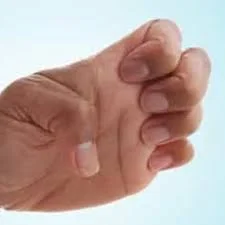
- The fingers’ range of motion is improved by this stretch.
- With your palm facing you, extend your hand in front of you.
- Reach down and place your fingertips on the base of each finger joint. Your hand needs to resemble a claw a bit.
- Release after 30 to 60 seconds of holding. On each hand, repeat at least four times.
Grip Strengthener

- Completing this practice can help you grasp objects without dropping them and turn knobs on doors more easily.
- Press as hard as you can on a soft ball that is in your hand.
- After a brief period of holding, release.
- Ten to fifteen repetitions for each hand.
- Two to three times a week, perform this exercise; however, give your hands a 48-hour break between sets.
- If you have an injury to your thumb joint, avoid doing this exercise.
Pinch Strengthener

- Thumb and finger muscles are strengthened with this workout. It makes turning keys, opening food packaging, and using the petrol pump easier.
- Place a piece of putty or a soft foam ball between your thumb and fingertips.
- For 30 to 60 seconds, hold.
- On both hands, repeat ten to fifteen times.
- Two to three times a week, perform this exercise; however, give your hands a 48-hour break between sets.
- If you have an injury to your thumb joint, avoid doing this exercise.
Finger Lift
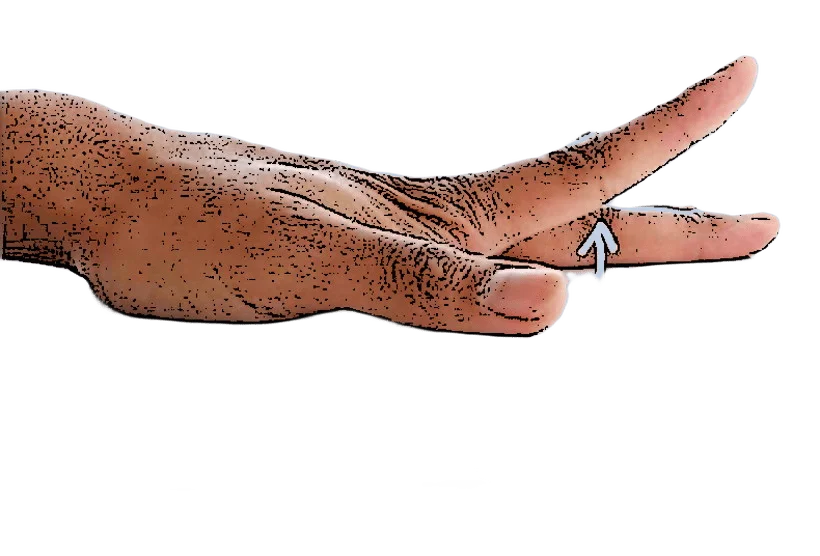
- Use this workout to assist your fingers become more flexible and in range of motion.
- Hold your hand flat on a table or other surface with the palm facing down.
- One finger at a time, gently raise it off the table, then bring it back down.
- You can also simultaneously raise and lower all of your fingers and thumb.
- On each hand, repeat eight to twelve times.
Play With Clay
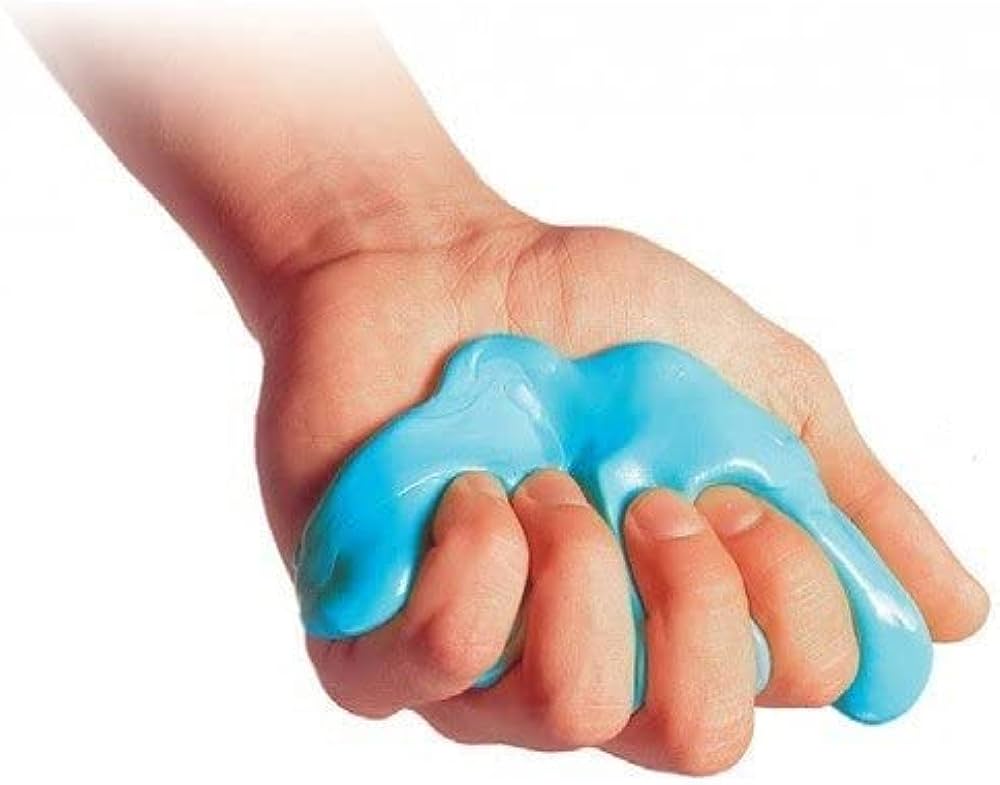
- Playing with clay or putty is an excellent method to strengthen your hands and extend the range of motion in your fingers.
- It won’t even feel like physical activity.
- Simply follow the children’s example and shape the clay into a ball, roll it into long “snakes” with your hands, or squeeze the spikes on a dinosaur with your fingertips.
Summary
A restriction in the finger’s range of motion is referred to as a “stiff finger,” a condition that can be caused by various factors and affects several separate structures.
Finger stiffness can be brought on by most finger injuries and some illnesses.
Irreversible soft tissue fibrosis frequently causes stiff fingers that are difficult for hand surgeons to repair.
Deformities of flexion and extension can be recognized in stiff fingers. In addition, they may be divided into four groups based on the affected tissues, ranging from the skin to the joint capsule.
It is advisable to prevent stiff fingers by carefully mobilizing the joints since this will save more difficult therapy if established stiffness develops.
For the treatment of stiff fingers, static progressive and dynamic splints are successful non-operative measures.
The majority of experts agree that two crucial variables to take into account while using a splint or cast are the force of joint distraction and the amount of time spent extending.
In this article, we also provide the notions of capsulotomy, collateral ligament release, and other soft tissue releases of the MCP and PIP joint.
To evaluate the efficacy of these surgical treatments and inform recommendations for postoperative care, future outcomes research is essential.
FAQ
Multiple injuries, arthritis, a locked trigger finger, and Dupuytren’s contracture are significant and frequent reasons for this lack of motion. Thankfully, these illnesses have therapies accessible.
Several conditions can cause discomfort in the fingers, such as scleroderma, de Quervain’s tenosynovitis, osteoarthritis, rheumatoid arthritis, gout, fractures and sprains, dactylitis, peripheral neuropathy, carpal tunnel syndrome, scleroderma, and systemic lupus erythematosus.
The hand’s stiffness could not go away even after treatment as you heal. For certain individuals, the stiffness might never go gone. It’s important to consult your physician to get the finest possible outcome for your recuperation.
A frequent, typically non-serious injury is a jammed finger. A jammed finger may usually be healed in a week or two with icing, rest, and tape. To be sure it’s not fractured or dislocated, you’ll need an X-ray if the finger is immobile or too painful to move.
People may have stiffness in their finger joints and find it difficult to move their fingers freely. The inability to execute daily duties might be especially affected by this, as the stiffness may limit the finger’s range of motion. They could struggle to grip items as a result of this.
Diabetic neuroarthropathy can cause a variety of symptoms, including the inability to fully extend or flex the fingers. finger extension that happens on its own. swollen or stiff fingers, sometimes with pain associated with them.
Tension can lead to hyperventilation, stiff muscles, and greater awareness, all of which might cause issues with the fingers. In certain circumstances, calm breathing, analgesic medications, and finger exercises may be helpful; nevertheless, as this is an anxiety disorder, anxiety therapy is more crucial.
Tension may result in problems with the fingers by causing hyperventilation, tense muscles, and increased awareness. In certain circumstances, calm breathing, analgesic medications, and finger exercises may be helpful; nevertheless, as this is an anxiety disorder, anxiety therapy is more crucial.
It can be challenging to have stiff fingers, and little injuries or arthritis are common causes. In certain cases, the cause may be health disorders related to the muscles, connective tissues, or bones of the hand. A medical professional can identify the cause and recommend the best course of action.
Bend your fingers down and back up to start. Once you’ve performed many finger bends, carefully ball your hand into a fist and hold it there for ten seconds. Next, extend your fingers as though you were about to catch a baseball, and then maintain that position for ten seconds. Proceed gradually and slowly.
Many food supplements have demonstrated the potential to mitigate pain, stiffness, and other symptoms associated with arthritis. Investigators have examined a variety of natural compounds for osteoarthritis (OA) and rheumatoid arthritis, including glucosamine and chondroitin, omega-3 fatty acids, SAM-e, and curcumin.
The yellow hue of turmeric is attributed to curcumin, the primary active ingredient in the spice. Due to its anti-inflammatory qualities, curcumin has the potential to treat a variety of illnesses, including osteoarthritis patients’ decreased pain and improved range of motion.
Arthritis Hand Exercises. You can reduce the symptoms of arthritis and increase the range of motion in your fingers and thumbs by gently exercising them with a hand workout.
Grip Strengthener.
Gentle Fist.
Finger Rolls.
Finger Bends.
O Shape.
The OK.
Finger Lift
Despite its inconsistent results, starting therapy with a steroid injection is strongly advised. The only option left is surgery, which comes with potential problems and calls for an extensive course of physical therapy.

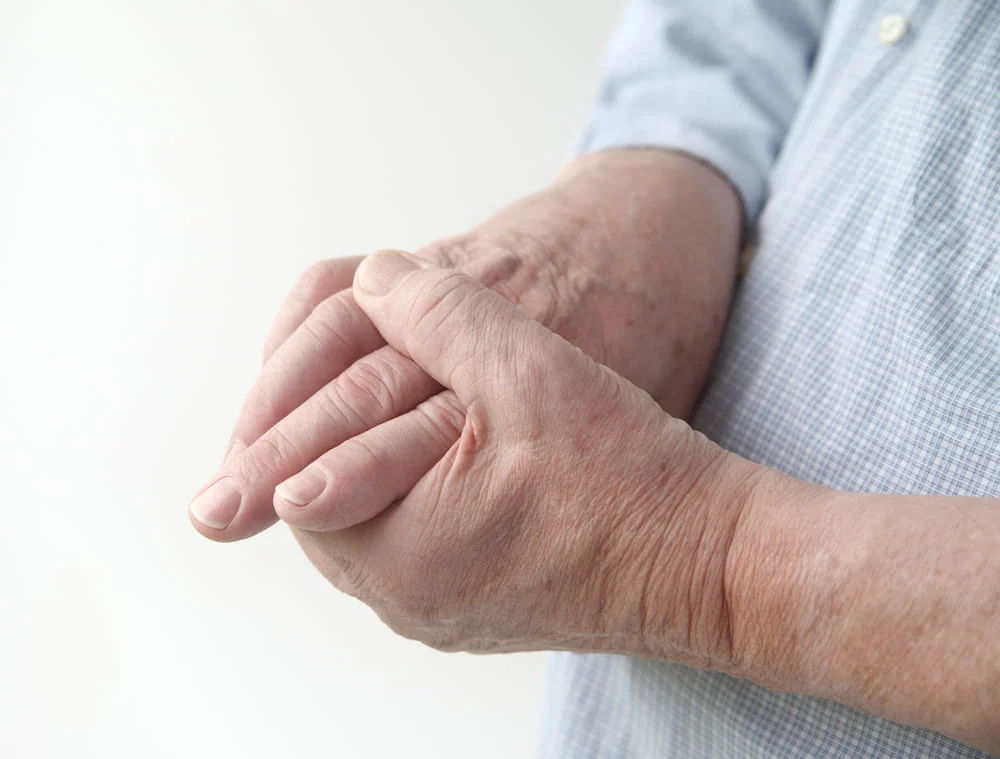
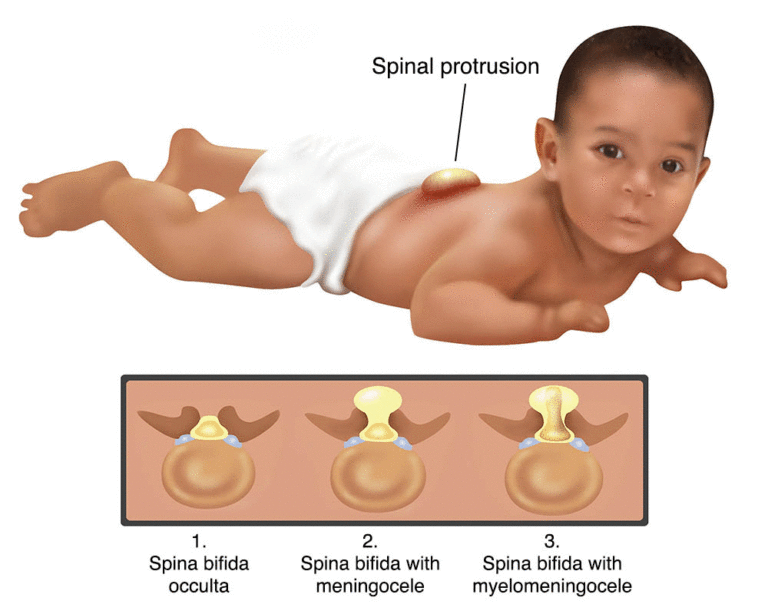
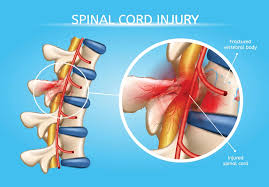

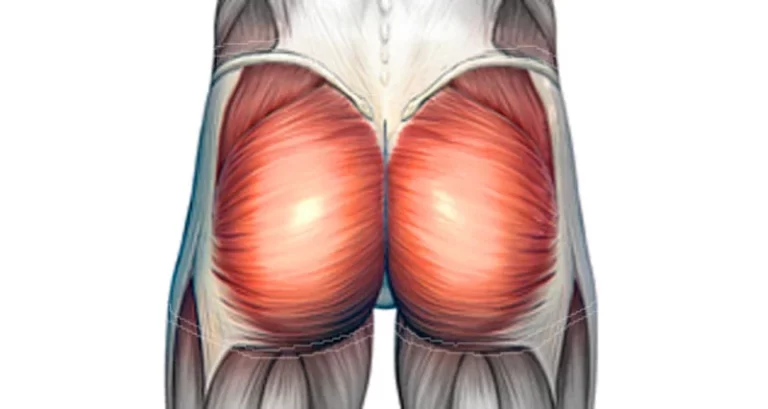
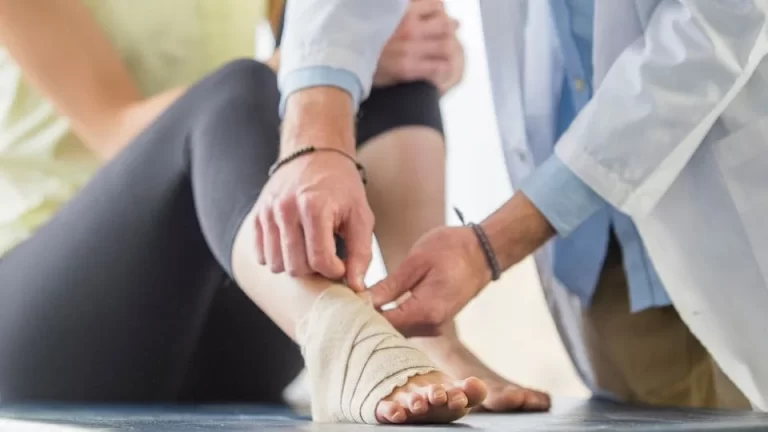
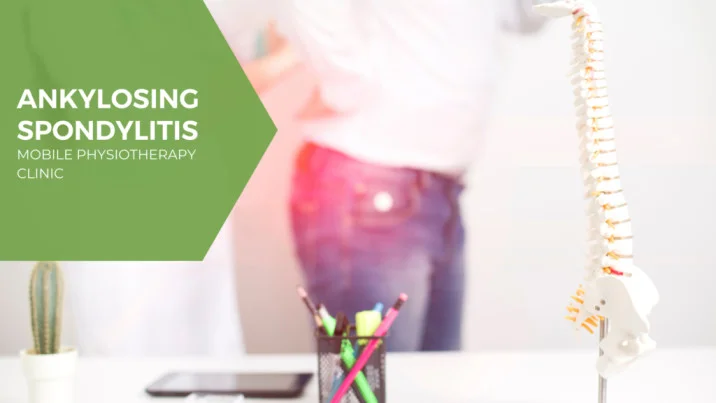
One Comment